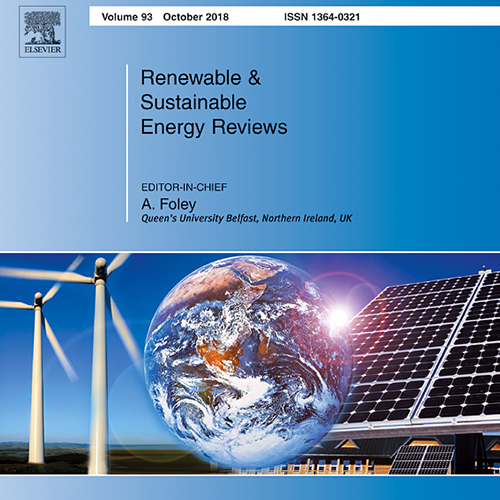 Os pesquisadores do LIMA Carolina Grottera e Amaro Pereira publicaram o artigo denominado "Linking electricity consumption of home appliances and standard of living: A comparison between Brazilian and French households" na revista internacional Renewable & Sustainable Energy Reviews. O artigo é fruto do projeto ECOPA - Evolution of consumption patterns, economic convergence and carbon footprint of development: a comparison Brazil-France. É uma parceria do CIRED, do IEE - Instituto de Energia e Ambiente - USP e do Centro Clima, com financiamento da Agence nationale de la recherche (ANR/França) e da FAPESP.
Os pesquisadores do LIMA Carolina Grottera e Amaro Pereira publicaram o artigo denominado "Linking electricity consumption of home appliances and standard of living: A comparison between Brazilian and French households" na revista internacional Renewable & Sustainable Energy Reviews. O artigo é fruto do projeto ECOPA - Evolution of consumption patterns, economic convergence and carbon footprint of development: a comparison Brazil-France. É uma parceria do CIRED, do IEE - Instituto de Energia e Ambiente - USP e do Centro Clima, com financiamento da Agence nationale de la recherche (ANR/França) e da FAPESP.
Confira mais informações sobre o artigo:
Highlights
• Income of 10% poorest households in France was 10.4 times higher than in Brazil.
• Income of 10% richest households in France was 2.6 times higher than in Brazil.
• Electricity requirements are similar for 10% richest households in Brazil and France.
• Appliance penetration saturates for lighting, fridge and TV in Brazil and France.
• Household electricity requirements for appliance usage converge.
Abstract
Solutions based exclusively on technology are unlikely to fully deliver a transition towards a low-carbon society. Shifts in consumption patterns and lifestyles associated with technological solutions are essential to achieve safe GHG concentration levels. Considering households' consumption patterns, residential electricity consumption represents a major issue, as it is closely related to lifestyle choices and living standards. In this context, this paper discusses how specific electricity requirements may vary across different deciles of living standard in Brazil and France. The present evaluation is based on specific electricity consumption and its corresponding carbon dioxide emissions for different home appliances used for food conservation, lighting, daily chores (e.g. cloth washing), as well as information and leisure. Results ratify, on the one hand, the significant income gap existing between French and Brazilian households. On the other hand, they show that differences regarding specific electricity requirements in the two countries are lower than intuitively expected. Hence, they evidence a converging trend in electricity requirements between the two countries, especially among higher income deciles.
Para ler o artigo completo, clique aqui.



